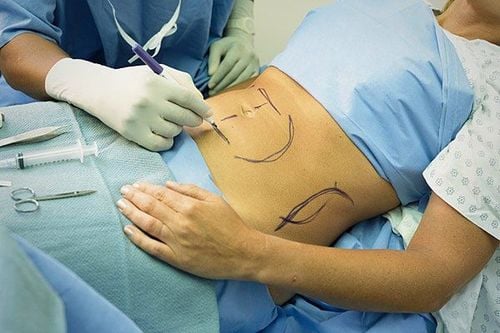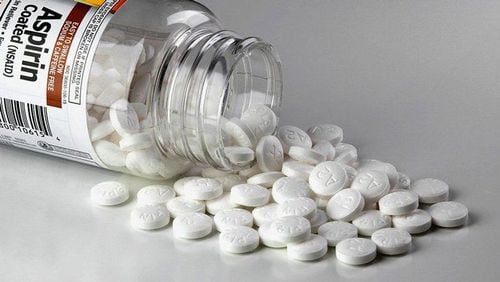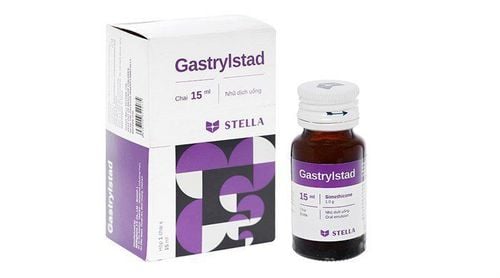This is an automatically translated article.
The article is professionally consulted by Master, Doctor Vu Huy Binh - Department of Medical Examination & Internal Medicine - Vinmec Hai Phong International General Hospital.Gastrointestinal varices are one of the causes of high gastrointestinal bleeding, although the rate of gastrointestinal bleeding due to gastric varices is lower than that of esophageal varices, the mortality rate is often higher. . Therefore, early treatment should help reduce the risk of gastrointestinal bleeding.
1.Overview of gastric varicose veins
Gastric varices are one of the common complications in patients with portal hypertension syndrome. The gastric vein drains into the splenic vein and the superior mesenteric vein, then these two veins empty into the portal venous system, so for some reason the pressure in the portal vein increases. cause gastric vein to increase pressure and cause gastric dilatation. If the degree of dilatation is much, it can lead to rupture of the gastric vein, causing gastric bleeding, which is life-threatening.
In patients with portal hypertension, the rate of gastric varices rupture is lower than that of esophageal varices, but the mortality rate is higher. The mortality rate is up to 14-45% of the total cases.
Treatment is aimed at preventing the risk of bleeding due to gastric varices or in patients already bleeding due to gastric vein rupture.
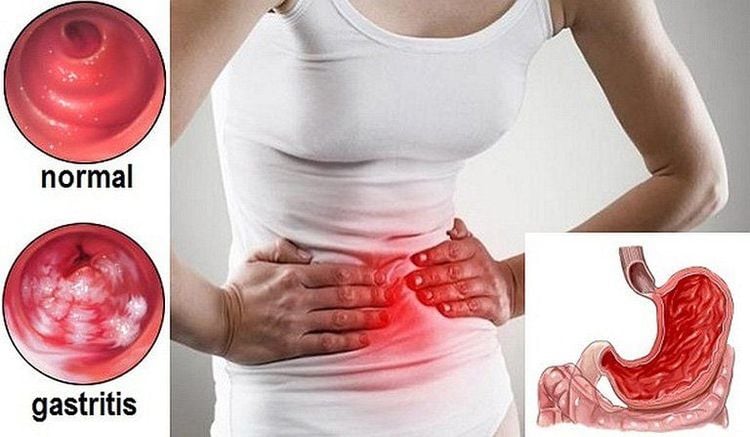
2. Treatment of gastric varicose veins
Currently, there are many methods applied to treat gastric varices such as: embolization of varicose veins through the portal vein by percutaneous puncture method, surgery to create a portal - aortic shunt, .. However, these methods are all commonly applied methods that are effective in cases of high gastrointestinal bleeding due to ruptured esophageal varices. For cases of gastric varices, the effectiveness of treatment with these methods is not as desired.Here are some common methods used in the treatment of gastric varicose veins:
2.1 Creating a portal through the skin
The effectiveness of this method is to reduce portal venous pressure, however, this method has been shown to be effective in cases of esophageal varices, bleeding from gastric varices is greater than that of varicose veins. stomach and the rate of recurrent bleeding is about 10-30%.
Disadvantages of this method include:
Risk of serious complications when creating a catheter. The circulation rate over 24 months is from 50-60%. The complication rate of hepatic encephalopathy ranges from 20-30%. In addition, the effect of this method on gastric varices is not clear.
2.2 Endoscopic sclerotherapy
This method is being widely applied in controlling bleeding from the esophagus and stomach. However, when controlling bleeding due to gastric varices, there are major limitations including:
Most gastric varicose veins are located in the fundus of the stomach, so it is difficult to perform. In addition, another limitation in the case of varicose veins that have a flow with the draining veins to the inferior vena cava, the embolic agent can flow from the sclerotherapy site into the inferior vena cava and heart and pulmonary circulation, causing dangerous complications. Therefore, in cases of renal shunt, the treatment of choice is the BRTO method.
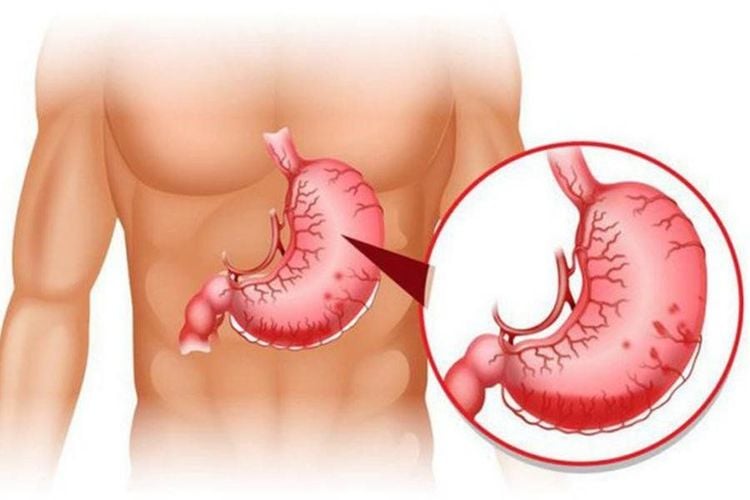
2.3 Balloon-catheter retrograde venous plug (BRTO)
BRTO is an intravenous endovascular intervention technique, using a catheter with a balloon placed in the position of the renal venous catheter, then inflated the balloon to block this flow to prevent reflux, then cause embolism of all All the channels of varicose veins with the inferior vena cava system before causing occlusion of varicose veins in the stomach. This will ensure to avoid the movement of embolic materials to the heart and pulmonary circulation, thereby limiting the risk of dangerous complications.
This is an optimal method with many advantages, this method has been implemented for a long time and shows its effectiveness and safety.
The advantages of the BRTO method include:
It is a minimally invasive method. Over 90% success rate. The risk of complications is less than 3% Safe and prevents the risk of recurrence. The indications and contraindications of BRTO technique include:
Indications:
Gastric varices at risk of rupture, warning signs appear on gastric endoscopy images. Varicose veins of the stomach have ruptured and recurred many times. Contraindications:
History of allergy to contrast media. Renal failure: When serum creatinine > 1.5 mg/dl Portal vein occlusion: Because this method increases blood flow to the portal vein, it should not be used in case of portal vein occlusion. Severe, recurrent ascites due to portal hypertension Existing severe, progressive esophageal varices because if applicable the risk of esophageal varices ruptures. The BROTO method overcomes some disadvantages of other methods, especially in the case of gastro-renal venous catheterization and dilation in the fundus region that endoscopic sclerotherapy is difficult to perform.
Each method of treating gastric varices has certain advantages and disadvantages. Early treatment of gastric varices when there is a risk of bleeding is essential, because the risk of death from bleeding is very high and difficult to control.
Please dial HOTLINE for more information or register for an appointment HERE. Download MyVinmec app to make appointments faster and to manage your bookings easily.








